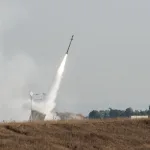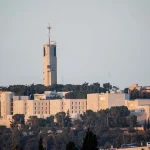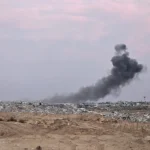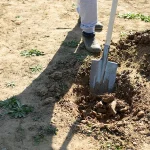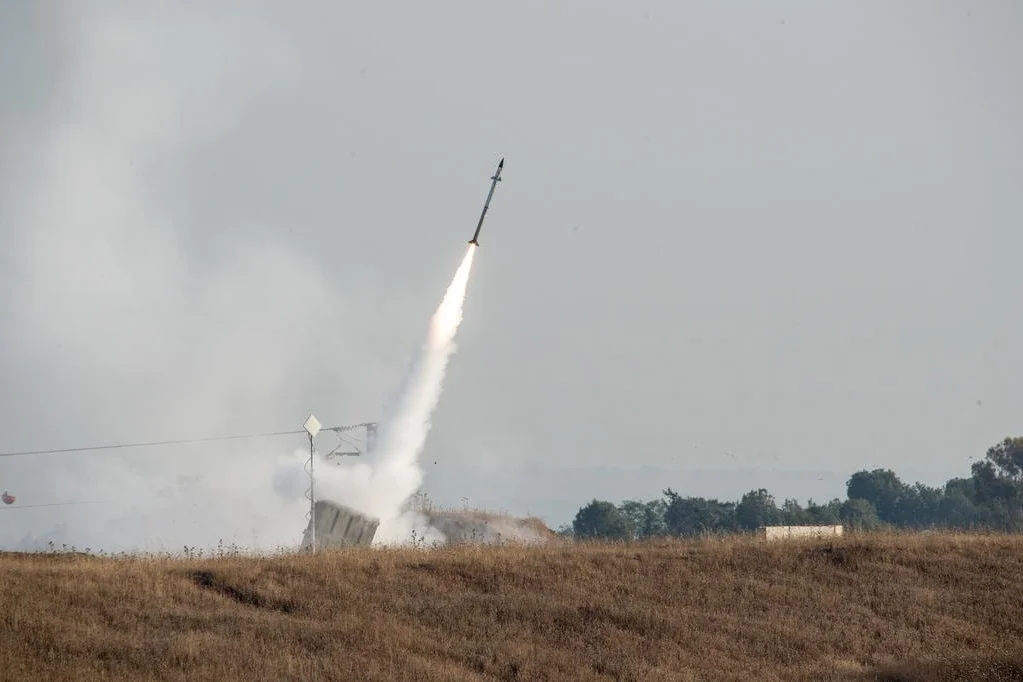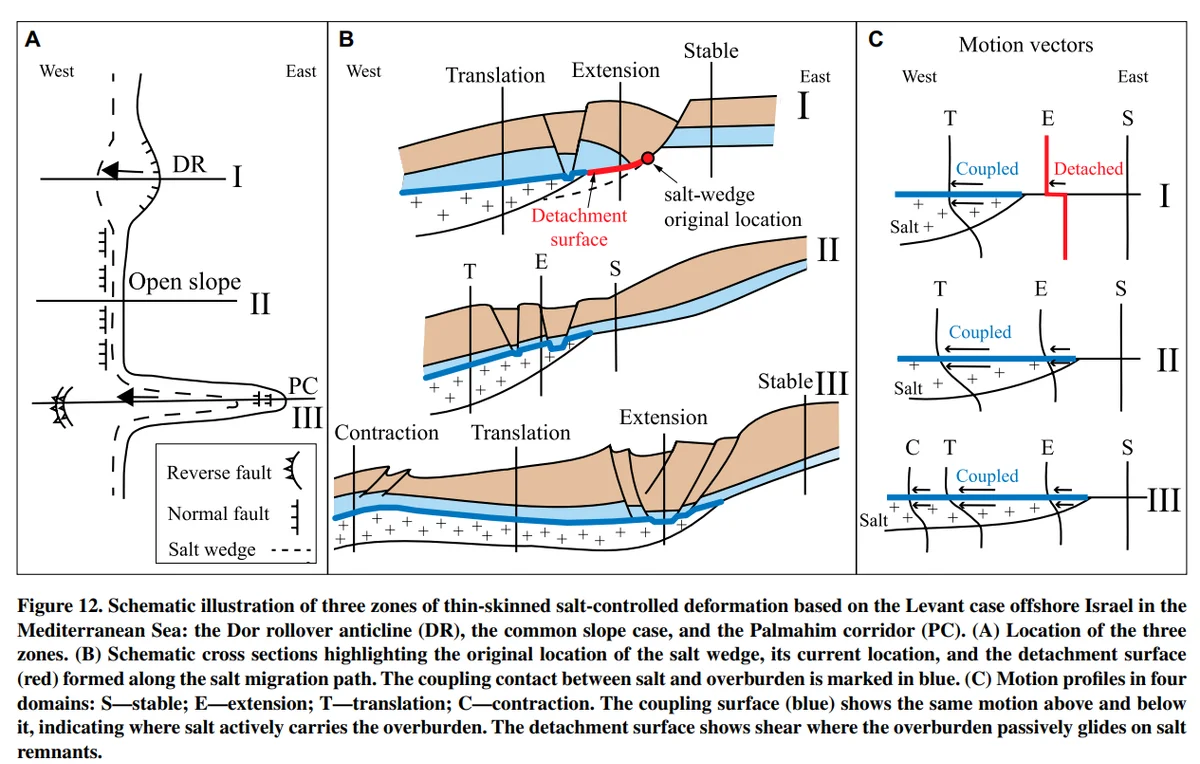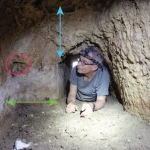Jerusalem, 13 July, 2025 (TPS-IL) — Even as the climate warms overall, much of the United States continues to endure punishing cold snaps — and a new international study released on Friday sheds light on why. A team of Israeli, U.S., British and German scientists have pinpointed two distinct patterns in the stratospheric polar vortex that are steering Arctic air into different regions of the country, causing extreme winter weather to persist despite global warming.
Published in the peer-reviewed Science Advances journal, the study finds that specific shifts in the polar vortex—a high-altitude band of cold air that swirls above the Arctic—can push freezing air deep into the continental U.S. One pattern directs cold toward the Northwest, while the other affects the Central and Eastern states. These variations, the study notes, are influenced by broader climate systems and changes in how atmospheric waves move around the globe.
“The public often hears about the ‘polar vortex’ when winter turns severe, but we wanted to dig deeper and understand how variations within this vortex affect where and when extreme cold hits,” said the team of researchers, which includes Prof. Chaim Garfinkel of the Hebrew University of Jerusalem, Dr. Laurie Agel and Prof. Mathew Barlow of the University of Massachusetts, and Prof. Judah Cohen of MIT and Atmospheric and Environmental Research (AER).
Using decades of atmospheric data and computer modeling, the researchers identified two recurring patterns in what they describe as a “stretched” polar vortex. In one version, the vortex becomes displaced toward western Canada, opening the door for frigid air to spill into the northwestern United States. In the other, it leans toward the North Atlantic, leading to bitter cold in the Central and Eastern U.S., including dramatic events like the February 2021 Texas freeze that led to hundreds of deaths and massive power outages.
“Climate change doesn’t just mean warming everywhere all the time,” the researchers explained. “It also means more complex and sometimes counterintuitive shifts in where extreme weather shows up.”
One of the study’s most surprising findings is that since 2015, the Northwest has seen a relative increase in cold-air outbreaks, bucking the general trend of milder winters. This westward shift in stratospheric patterns appears to be linked with stronger negative phases of the El Niño–Southern Oscillation (ENSO), a major driver of global climate variability. In essence, certain global climate signals are enhancing the frequency of polar vortex distortions that send cold air into specific regions of the U.S.
In addition to improving long-range weather forecasting, knowing which regions are more likely to experience polar vortex-driven cold allows for better planning and risk management. Local authorities would be ready to mobilize resources and warn and protect vulnerable populations. Utilities would have time to reinforce vulnerable systems, increase power reserves, while farmers and agricultural would be better poised to protect livestock and crops from extreme freezes.
“What happens high above the Arctic,” the scientists noted, “can shape the winter on your doorstep.”





